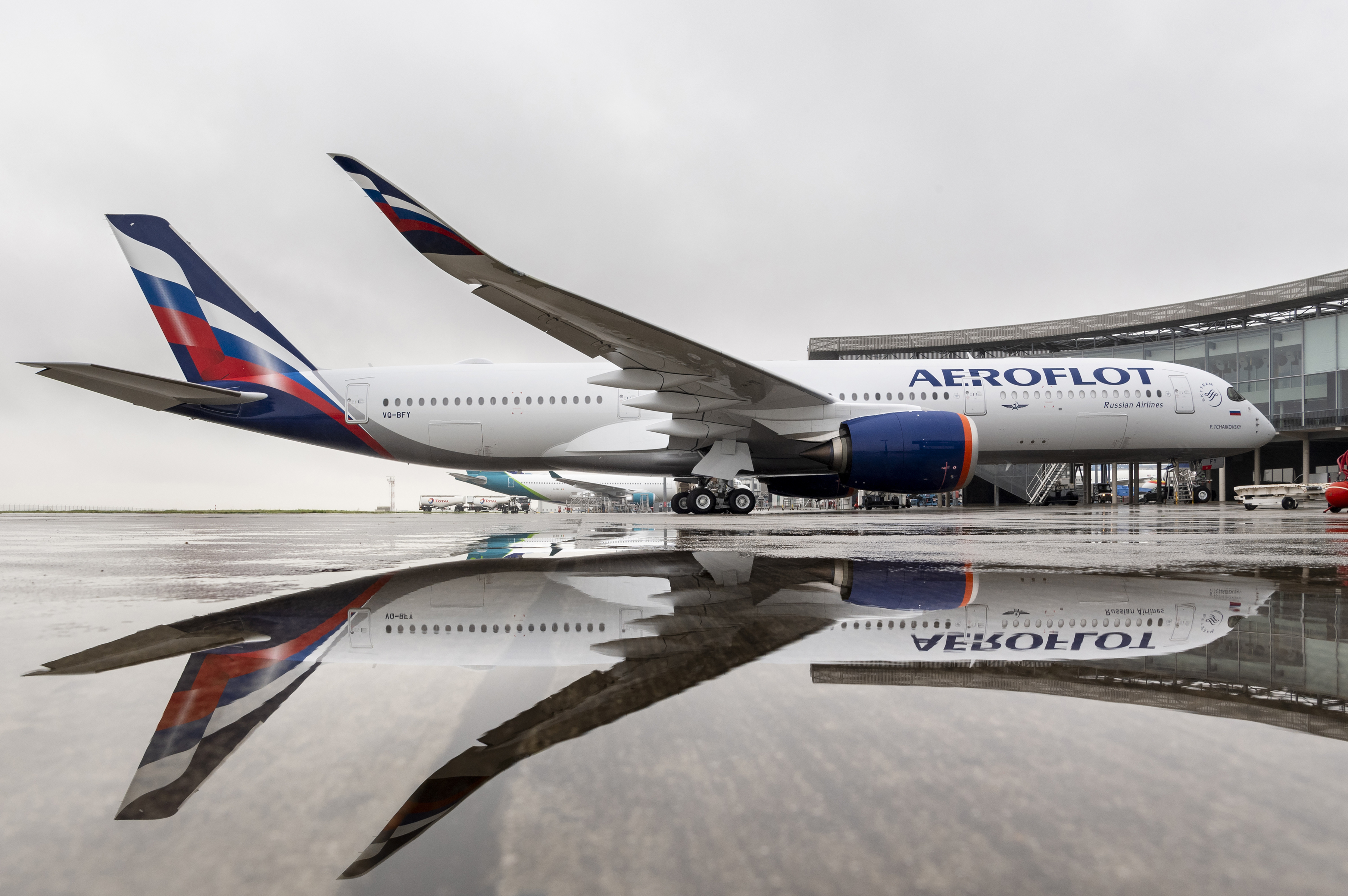In a bid to reconstitute twin-aisle jet production, Airbus and Boeing create bespoke airplanes in the A350F and 777-8F for the world’s cargo haulers.
Month: January 2022
This TAC Analysis, divided into parts, dives deep into the misconceptions of Allegiant’s business model and the intrinsic value a next-generation airplane like the 737 Max brings to the airline. In a follow-on piece, we’ll look closer at this high-profile deal and how the power of the duopoly ultimately brought the 737 Max to Allegiant.
The threat of increased conflict between Russia and Ukraine and the resulting fall-out leaves the civil aerospace industry acutely vulnerable to everything from astronomical jet fuel prices and disrupted airspace to the potential for full-scale derailment of commercial aircraft production.
Elan Head and Jon Ostrower·
For Wisk and its major backers, it’s all or nothing — and if the startup can win a fully-autonomous certification, it offers Boeing a bridge to adapt those technologies to its next-generation airliners, a goal it has eyed since at least 2017.
Jon Ostrower and Elan Head·
Eviation’s progress as the first all-new passenger commercial airplane exclusively powered by batteries is being closely watched as a technical, economic and regulatory pathfinder for the wider adoption of electric flight.
These findings imply that the first wave of eVTOL developers should focus less on pitching their services as a daily commuting solution, and more on a mix of use cases that can support a practical and profitable roll-out. There’s a chicken-and-egg element involved in scaling UAM: driving costs low enough to create the demand that will drive costs down even further. While there are additional hurdles to scale (such as coordinating thousands of low-altitude flights per day in congested urban airspace) economics will be front and center in establishing this new industry’s viability, and the evidence suggests that if you build a system for commuters alone, they won’t come.
Sign up to receive updates on our latest scoops, insight and analysis on the business of flying. Something is going...
Jon Ostrower and Elan Head·
With Eviation's maiden flight fast approaching, the Washington state aerospace cluster is evolving as it becomes a focal point for green aviation aspirants and increasingly untethered from the enormous industrial gravity created by Boeing.
Before the eVTOL gold rush took shape, the National Research Council in 2014 explored how autonomy could transform aviation, but with a sober and realistic view on making it possible. Its findings are even more relevant in 2022.
Since 1969, only 13 western twin-aisle aircraft types have been certified by just four manufacturers. We visualized the production history of each one and the more than 9,500 that have been delivered to the world's airlines. The data illustrates the story more than a half century of unimaginable successes, stark failures and an incredible boom and bust.
The Air Current dissected the 611 Airbus and 340 Boeing deliveries in 2021 with this new interactive visualization resource available to our subscribers. With each click of the pie, you can drill down further, exploring aircraft families, variants and their operators.
Jon Ostrower and Elan Head·
At first glance, the purchase of 50 new-generation aircraft looks out of character for Allegiant Air, here's why it jumped on the Boeing bandwagon. There's a rivalry brewing between eVTOL entrants Joby Aviation and Archer. The quiet war of words over certification milestones are increasingly important to watch as both eye 2024 for regulatory approvals and the bragging rights for first to fly paying passengers. Emirates 231 wasn't the only incident of its kind. There's no global system of incident reporting -- and that's what makes independent aviation journalism so important.
Today, the same intuition that initially drove the networks to preserve breadth – the points on route maps – through flying smaller aircraft has shown a recent shift away from the regional aircraft. The recent new trend signals a potential change for the regional aircraft industry, and for the small communities that rely on a connection to the world’s aviation system.
When Embraer spinoff Eve on Dec. 21 confirmed plans to combine with Zanite Acquisition Corp., it became the sixth company in the urban air mobility space to link up with a special purpose acquisition company (SPAC). Rather than speak to the continued strength of SPACs, however, the deal illustrates the funding vehicle’s decline as an ample source of outside capital — even as it cements Embraer’s strategy of using partnerships to expand into new markets.












